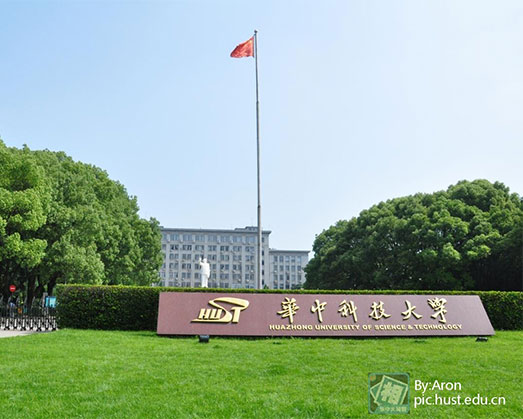Chinese Art
Over the years, Chinese art has grown and evolved. In some cases, a new dynasty created a new form of art, while in others, the works were inspired and influenced by artwork from other countries, by religions, or by politics. All in all, China has a wide variety of arts, including folk art, theatre, painting, calligraphy, and much more. Early artwork included pottery and jade. Later, the Shang dynasty began creating many different items out of bronze, including art and decoration. Music and poetry also existed during this early time, and much of it was based on the works of Confucius and the poet Qu Yuan. Music was, initially, mostly limited to percussion instruments, although string and reeds were later added. Many different items were made from bamboo during early Chinese history, including furniture. By the time China became an empire, porcelain was being used. In fact, porcelain, especially very high quality porcelain, is often simply referred to as “china” in some parts of the world. Imperial China also saw the rise of painting and calligraphy, especially in the upper class and at court. Much of this was done on silk, even after the invention of paper. Buddhist art also became quite popular during this time. Many dynasties have a signature form of art. During the Sui and Tang dynasties, Buddhist sculpture and architecture was very popular. Much of these works were inspired by art from India. However, by the end of the Tang dynasty, all foreign religious systems, including Buddhism, were banned by the Taoism government. The Song dynasty focused on poetry, especially the form of lyric poetry called Ci. This form focused on expressing feeling. Paintings began incorporating a sense of subtlety, especially in landscapes. Emphasis also shifted from the emotional to the spiritual. In performance art, the oldest form of Chinese opera was developed during the Song dynasty. The popular modern Cantonese operas have their roots in these performances. The later imperial period saw the rise of the Ming and Qing dynasties. Ming artwork, especially their vases, are very sought after in today’s art work. Also, the dynasty was home to one of the most popular Chinese poets, Gao Qi, and is known for their near-perfect color paints and prints. The Qing dynasty, on the other hand, is known for the creation of the best forms of Chinese opera. Yuan Mei, another great poet, lived during the Qing period. Chinese art, too, reached new heights, and the style we know today as Chinese artwork was invented during this time. Today, much of China’s artwork is influenced by the New Culture Movement. This movement incorporates many Western techniques, although many artists also make use of traditional techniques and art forms as well. Cantonese operas and other traditional theater forms are still performed today
News&Opinion
 more
more- OFFICIAL LAUNCH OF BFSU ACADEMY OF REGIONAL AND ...
- G20: Hangzhou wins world's attention
- How To Buy Happiness - The Investment Of Travel
- Goodbye, Rio; hello, China
- 2016 Yunnan-Thailand Education cooperation and e...
- Nice to meet you---你好中文!
- China sending largest-ever team to Rio
- Going to a top university ’no guarantee of getti...
Policy&Laws
How to Get one Job in China---Beijing policy
A foreigner, right, shows his job application form at a human resour...
Guilin to offer 72-hour visa-free stays
GUILIN - The city of Guilin in South China's Guangxi Zhuang autonomo...
further strengthening the visa regulation of int...
After the promulgation of new Immigration Control Act in China, Entr...





 print
print  email
email  Favorite
Favorite  Transtlate
Transtlate 








